Walk through any vineyard and it’s easy to imagine the allure of living there: rolling green hills, golden sunsets, sumptuous aromas of lavender, honey and thyme. It is the romantic idea of the vineyard lifestyle that often drives buyers to invest — ‘passion’, ‘love-affair’ and ‘joie de vivre’ are phrases that come up frequently when speaking about vineyards and winemaking.
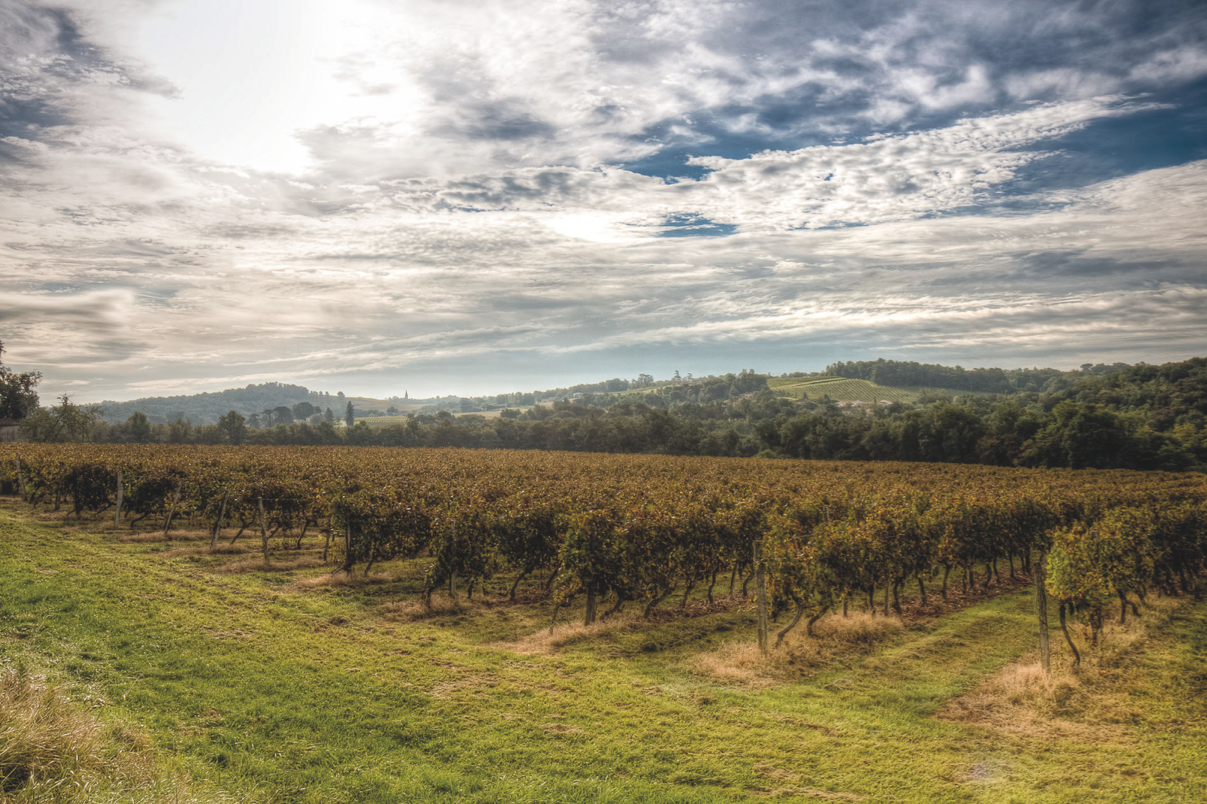
As it turns out, such enthusiasm may be an important prerequisite. While buying and running a vineyard requires quite a bit of cash (vineyard properties range from US$5 to $50 to $100million) most experts will tell you that it’s not a business you enter expecting to make a ton of money.
“There’s a joke around here,” says Maxwell Baynes, founder and partner of Maxwell-Storrie-Baynes, a Christie’s International Real Estate affiliate in Bordeaux, France. “How do you make a small fortune with a vineyard? And the answer is you start with a big fortune.”
Before focusing on price, however, experts say potential investors should first consider their purpose: Do you want to run a serious business? Is it more of a hobby? Are you looking for a lifestyle property? The answers to these questions will influence the size and price of the parcel.
Generally vineyard buyers fall into two camps says Sergio Greco, sales manager at Sotheby’s International Realty in Italy. First there are those who purchase a vineyard for business. “This sale usually includes a large winery and requires a lot of expertise and investment,” he says. The second group purchases a vineyard as a personal hobby. In this case, the vineyard is often a lot smaller and located in a popular tourist destination such as Tuscany.
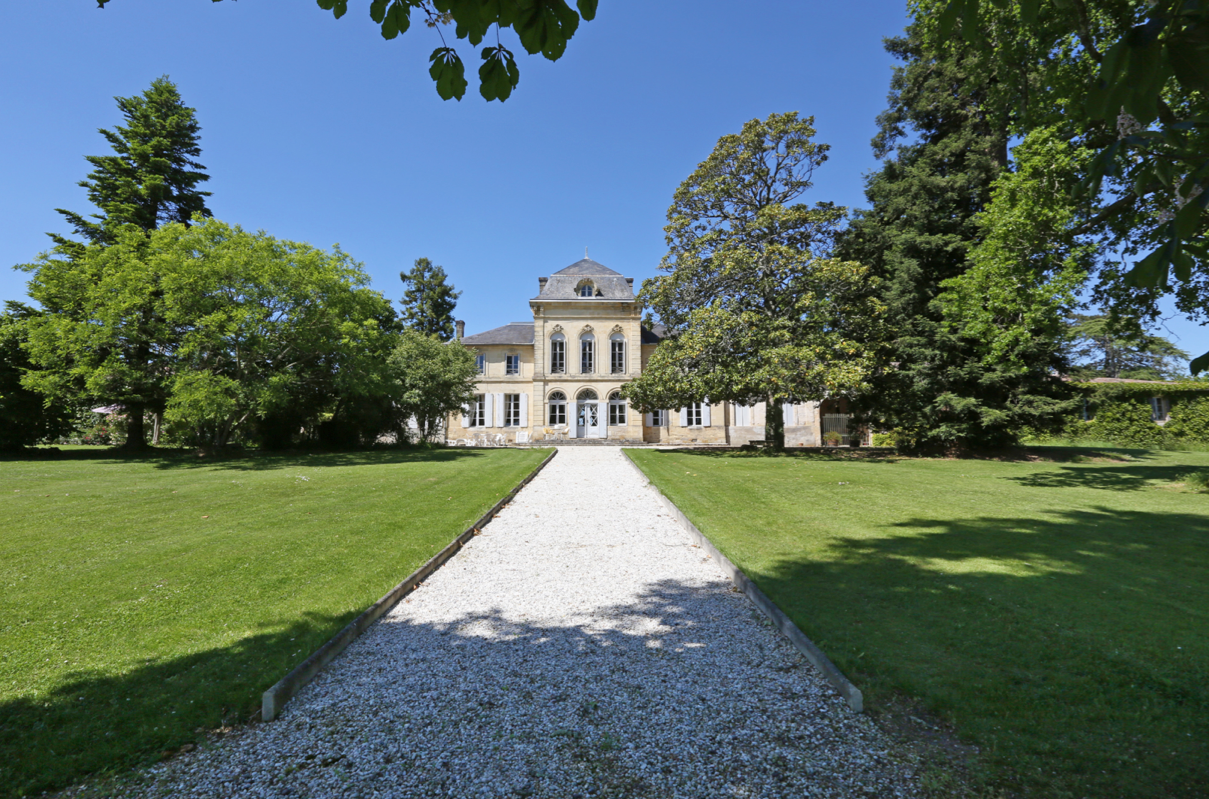
Large vineyards will often include a chateau or residential property, but the market for vineyards does not follow overall housing market trends. “Essentially [vineyards] are businesses and driven by confidence in being able to distribute the product to market and make a return on investment,” says Maxwell.
But when it comes to making returns, investors should be prepared to play the long game, particularly if they are starting fresh. “If you start from scratch, it could be 10 to 15 years before you reap any reward,” says Kristin Nelson, head of sales strategy and business development at Bank of the West Wealth Management Group in San Francisco.
She advises clients that buying an existing vineyard can be a lot less risky. “If you buy a winery that is already in existence and selling wine, you know what your incoming cash flow may be. You may invest US $50 million but you’re receiving an income every month from that winery already.”
Sergio agrees. He advises first-time vineyard buyers to purchase a high-quality vineyard in an established location that produces a variety of grapes. In Italy, established and sought-after regions include Piedmont, Tuscany, Lombardia and Veneto for sparkling wines.
Currently, Sergio is representing a vineyard near Sienna in Tuscany for is on the market for EUR 14.8 million. The property includes several restored residential buildings, over 243 hectares of land and a vineyard that produces wine from various grapes including Vernaccia di San Gimignano DOCG, IGT Chardonnay, Chianti DOCG and IGT Rosso. The sale also includes all of the necessary equipment and machinery, as well as 18 hectares of olive groves.
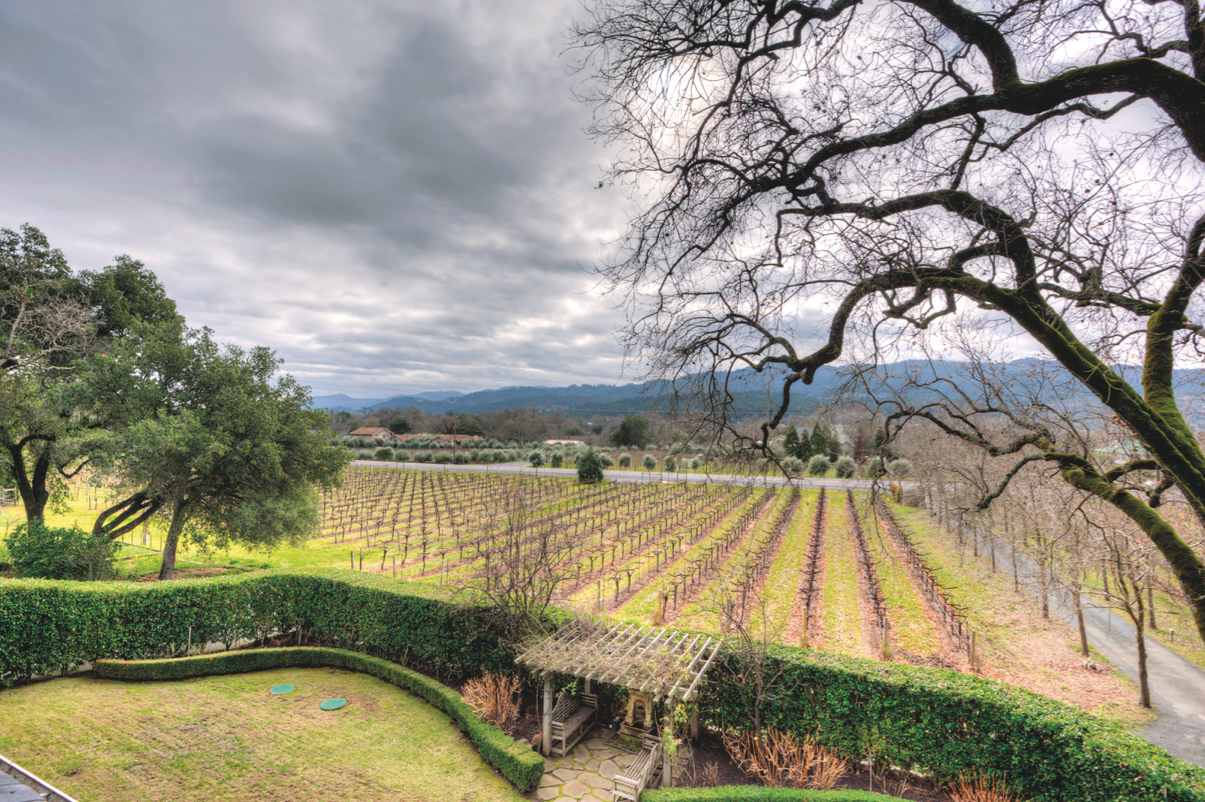
“If you buy a winery that is already in existence and selling wine, you know what your incoming cash flow may be. You may invest US $50 million but you’re receiving an income every month from that winery already.” - Kristin Nelson
As the market for wine becomes increasingly global, so do vineyard buyers. Investors from Brazil, India and China are now active in Italy, though the Bordeaux region in France remains the most popular destination among Asian buyers. “In Bordeaux, there are about 7500 chateaux vineyards. Around 200 of these are now in the hands of Chinese investors,” says Maxwell. Americans are the second largest investor group. Both are buying to control the supply of Bordeaux wines in their domestic markets.
Maxwell is currently listing a 17th century Bordeaux vineyard with around 60 hectares of vines for US$4.1 million. A stately chateau, formerly owned by Napoleon’s personal guard is the property’s centerpiece. There are also several additional cottages, staff quarters and a wine-tasting room.
Chinese demand for Bordeaux vineyards peaked in the 2012 - 2014 period, but interest continues. At Vinexpo in June of this year, Baynes’ company fielded over 20 inquiries from potential buyers over the course of three days. Following Bordeaux, Burgundy, Champagne, Provence, Loire and the Rhone Valley are popular growing regions.

As New World wines have increased in prominence, (2016 in particular was a great year for Australia, New Zealand and American growers), California has become another popular investment spot. Napa Valley and Howell Mountain remain popular for growing cabernet. Other desirable areas include Yountville, Oakville and Stages Leap.
A vineyard estate currently listed in Calistoga, California overlooks its own zinfandel vine and hundreds of acres of other vineyards. The main house, built in iconic American craftsman style, features five bedrooms, six bathrooms and a one-bedroom apartment. There is also a games room, bar, pool, stone guest house, outdoor dining and pool. The property is listed with Gates Sotheby’s International Realty for US$4.95 million.
But choosing an ideal location is only half the battle. “It is also crucial to remember that the best enologist makes the best wine, and therefore buyers need a strong foundation of knowledge,” Sergio says. Since most established vineyards are family-run and driven by generations of know-how, first-time buyers have a lot to catch up on.
But for seasoned investors this is a par for the course, says Michael Bertolucci of Gates Sotheby’s International Realty in California. “I think most buyers are business savvy and would have no problems moving into the wine or farming industry,” he says. Plus, vineyard management companies are there to help with maintenance, farming and sales. “A vineyard owner can be as hands on or off as they want to be and manage the property from afar with the right vineyard management company,” Michael adds.

Nevertheless, vineyard experts from Napa to Bordeaux emphasize the importance of finding reliable and experienced advisors before signing on the dotted line. In Maxwell’s view, the single biggest risk to a successful vineyard purchase is bad advice. “This can’t be emphasized enough,” he says. “Choosing the right advisor will make the difference between the best or the worst decision of your life.” He recommends finding someone who specializes in vineyards, has a solid track record of facilitating successful transactions and proficiency handling M&As.
Other risks, such as bad weather, are less controllable. A year of low fruit production due to weather or disease of the vine may result in having to replace some or all of the vines. And in recent years, climate change has made bad years more frequent. According to a report from Decanter magazine, wine growers used to write off one year in ten to bad weather such as frost, hail or drought. Today, growers must budget for two or even three years a decade to be lean.
Wine production in 2016 slumped to its lowest level in two decades, according to the International Organization of Vine and Wine. And if extreme weather is any indication, 2017 could be even worse. Crops throughout Europe were threatened first by late frost in France and then a by heatwave in southern Europe that fuelled wildfires and exacerbated droughts in Italy and Spain. Winemakers have found that global warming can cause grapes to ripen earlier, which changes their sugar and acid levels, leading to lower-quality wines with higher alcohol content. “Vines are very sensitive plants,” says Gaia Gaja, co-owner of leading Gaja Wintery in Italy. “They’re like a thermometer. They register every little variation that there is around them.”













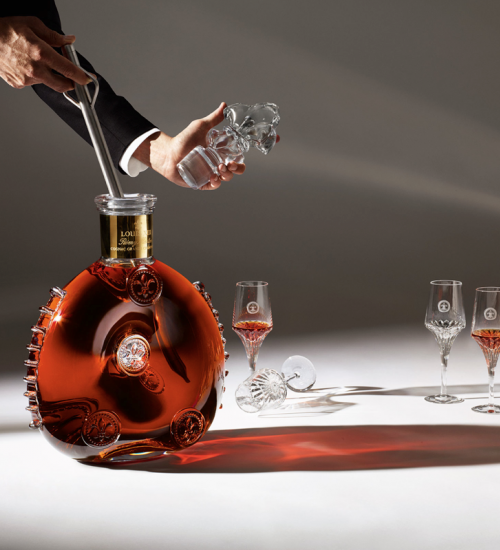
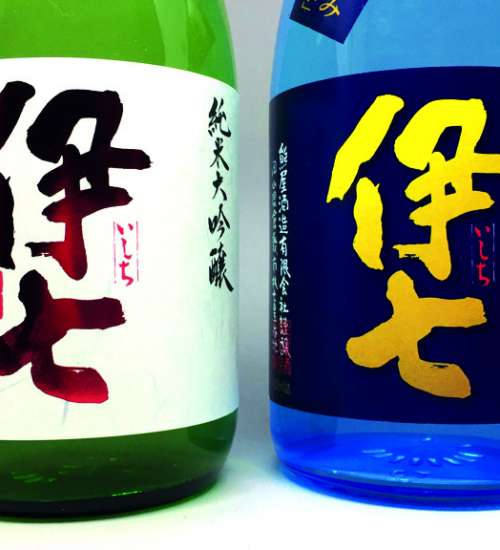


 Back
Back
